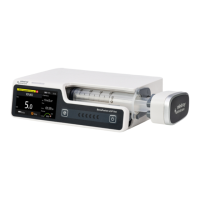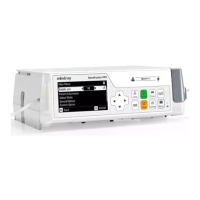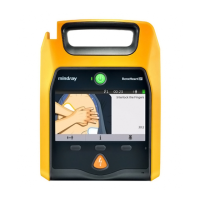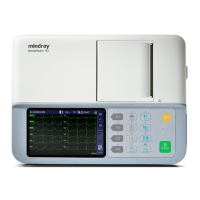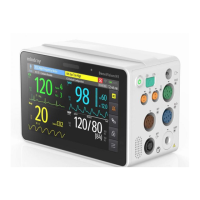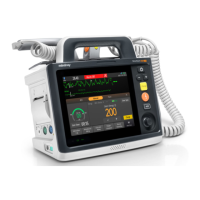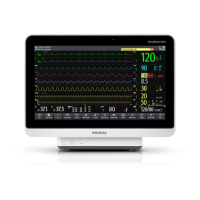10-1
10 Preservation and Sanitation
The pump must be cleaned or disinfected using the materials and methods listed in
this section. The manufacturer will not be responsible for any damage or accident
caused by cleaning and disinfection using other materials and methods.
The manufacturer shall not be held responsible for the efficacy of the following
chemicals or methods for infection control. Please contact your hospital's infection
prevention department or epidemiology specialists for advice on infection control
practices.
10.1 Description
Please make sure that your device and other fittings are clean without dust. In order
to prevent any damage to the device, please abide by the following rules:
Dilute all cleaning agents and disinfectants in accordance with the
manufacturer’s instructions, or use as low a concentration as possible.
Do not immerse or submerge the device in liquid.
Do not pour liquid on the device or accessories.
Avoid liquid from entering the pump body.
Do not use abrasive materials (such as steel wool or silver polishes), or any
strong solvent (such as acetone or any detergent containing acetone).
Turn off the pump and disconnect the AC power source line from the
socket before cleaning. Do not clean and disinfect the device, export
history record and perform other operations when animals are using the
pump.
10.2 Cleaning
The pump should be cleaned regularly. If operating in dirty or sandy areas, cleaning
should be more frequent. Before cleaning, please consult or refer to the hospital's
specific regulations concerning medical device cleaning.
The recommended detergents include: Hydrogen peroxide (3%), Ethanol (70%),
Isopropanol (70%).
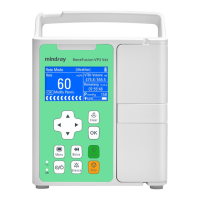
